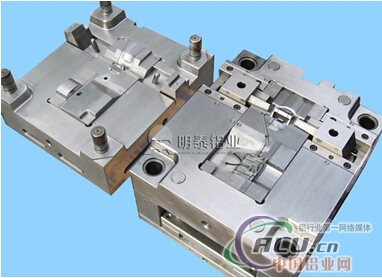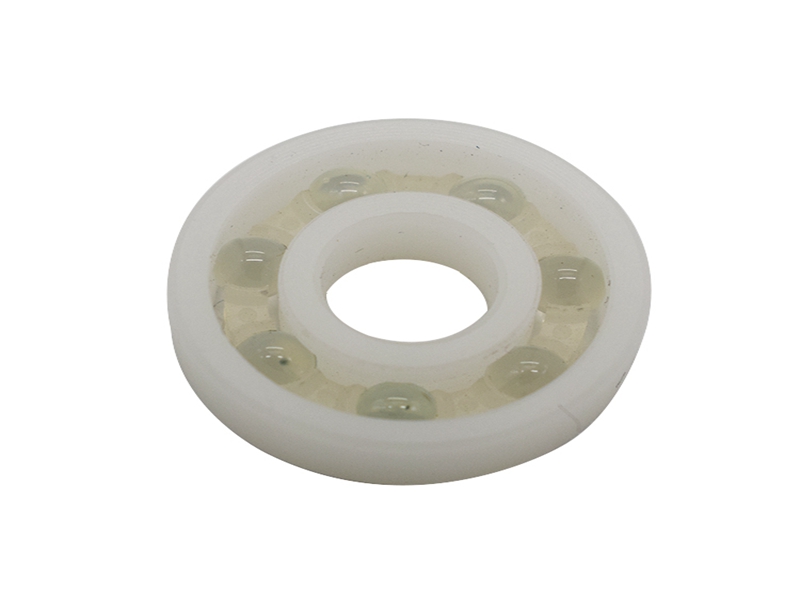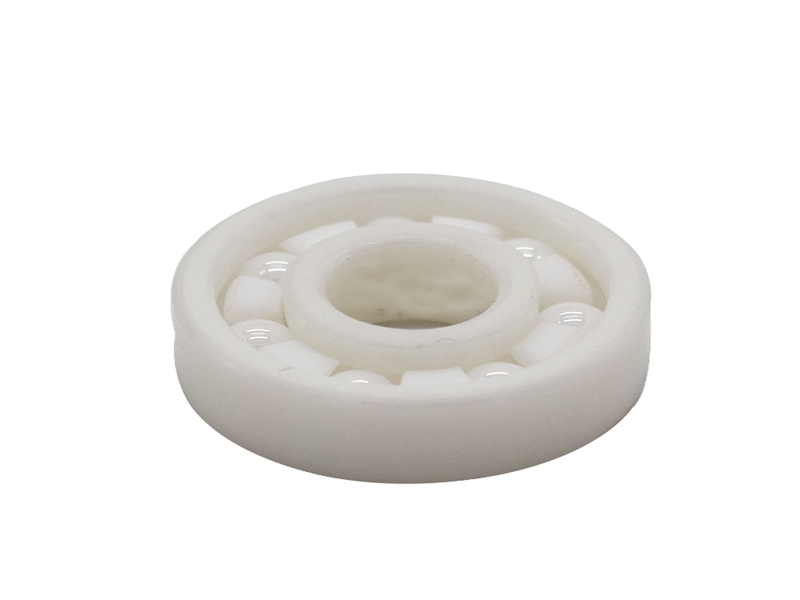ã€China Aluminum Industry Net】 The aluminum plates required for aluminum plates for molds are generally high-strength and heat-treatable alloys, requiring good mechanical properties, workability, and ease of processing. According to the use and characteristics of the mold, the aluminum plate also needs to have corrosion resistance and oxidation resistance.

In the 1-8 series aluminum sheet, the aluminum sheet used for mold manufacturing mainly includes a medium hardness 5/6 series alloy and a relatively high hardness 2/7 series alloy. 5 series is an aluminum alloy with magnesium as the main alloying element, also known as magnesium aluminum alloy. Its alloy state mainly includes O state, HXX and HXXX states. The 6-series aluminum sheet is an extruded alloy to which Al-Mg-Si elements have been added. At present, more than 70% of aluminum extrusion materials in the world are produced from 6-type alloys.
5083 aluminum sheet belongs to the hot rolled aluminum sheet series. The 5083 aluminum plate produced by Mingtai Aluminum Co., Ltd. adopts the continuous casting and rolling process, which has good forming performance, corrosion resistance, weldability, and oxidation deep processing performance. It is a better choice for aluminum plates for mold making.
Although the strength of Mingtai Aluminum 6061 aluminum sheet after pre-stretching is not comparable to that of 2XXX series or 7XXX series, its characteristics of magnesium and silicon alloy are many, and it has good processing performance and excellent welding characteristics. Moreover, its plating, corrosion resistance, high toughness and deformation after processing, the material is dense without defects and easy to polish, easy to color film, and excellent oxidation effect.
The 6082 aluminum plate O and T4 conditions are suitable for bending and forming applications where the T5 and T6 conditions apply to the molds required for good machinability. 6082 aluminum corrosion resistance and wear resistance are better. Has a good processing performance, excellent welding characteristics. Moreover, it is electroplated, has strong corrosion resistance, high toughness, and does not deform after processing. The material is compact and flawless, and can also be used in products such as tank car bodies that require relatively high product performance.
The above alloy aluminum plate has a medium strength, good corrosion resistance, weldability, and can be widely used in various industrial abrasive structural parts requiring certain strength.
The full ceramic ball bearings listed below are supplied with rings and balls made from zirconium dioxide (ZrO2). These zirconia bearings are available as full complement (no cage) or with cages made from PTFE, PEEK or 316 stainless steel.
These are non magnetic, non-conductive and highly corrosion resistant to most chemicals although ZrO2 bearings are not recommended for prolonged contact with steam. Full complement bearings or those with a 316 stainless cage can be used up to 400°C while bearings with a PEEK or PTFE cage can cope with temperatures of up to 250°C. For temperatures below -70°C, PTFE or 316 stainless steel cages are preferred. Standard radial clearance for full ceramic bearings is C0 but other clearances can be supplied to order.
ZrO2 ceramic bearings are generally used for their extreme temperature capabilities, excellent corrosion resistance or non-magnetic properties. Other sizes can be supplied on request.

The Description of Ceramic Bearings:
Compared to steel, Ceramic ball Bearings have many specific advantages. They offer superior corrosion and heat resistance, higher dimensional stability, and lower density, which facilitate high speed. Ceramics are superior to steel in heat and corrosion resistance, and are lightweight and extremely hard as well. Consequently, ceramic rolling bearings can be used in environments where conventional steel bearings cannot. That is to say, the superiority of these bearings makes it possible that they can be applied in some special environments.
Firstly, they can be used in corrosive environments. Compared to stainless steel bearings, hybrid and all Ceramic Bearing lasted three and twenty times longer respectively. It is presumed that water readily adheres to silicon nitride and forms a better lubrication film, leading to extended bearing life.
Secondly, they can be performed in corrosive agents. Generally, silicon nitride has excellent corrosion resistance. However, corrosion resistance varies depending on the type and quantity of sintering additives, and certain corrosive agents decrease in hardness and flexural strength. In such situation, it is can be proved that the carbide-based ceramic bearings are the most effective.
Thirdly, they can be used in high-temperature vacuum. An all-silicon nitride Ball Bearing with a self-lubricating laminated cage (mainly composed of MoS2) and with MoS2-coated rings and balls proved superior in durability in a high-temperature vacuum environment. Compared with the hybrid bearings, the all-ceramic bearing was superior in both dynamic frictional torque and life.
Fourthly, they can be performed with poor lubrication. As ceramics are extremely hard and have outstanding wear resistance, they outperform other materials in bearing life without lubrication. According to a test, the steel bearing seized within a short period while the hybrid and all 627 Ceramic Bearings, though sustaining wear, did not. And the all-ceramic bearing sustained considerably less wear than the hybrid bearing, indicating that its endurance life is much longer.
Cermic Ball Bearing,Full Ceramic Bearing,Hybrid Ceramic Bearing,Self-Aligning Full Ceramic Ball Bearing
Shijiazhuang Longshu Mechanical & Electrical Equipment Trading Co., Ltd. , https://www.longsbearings.com